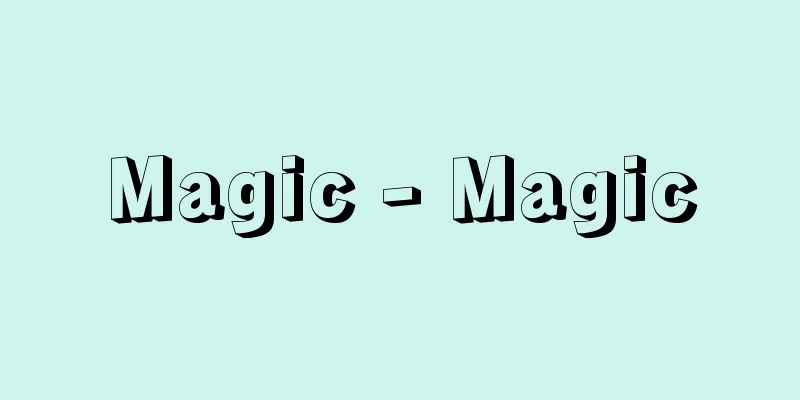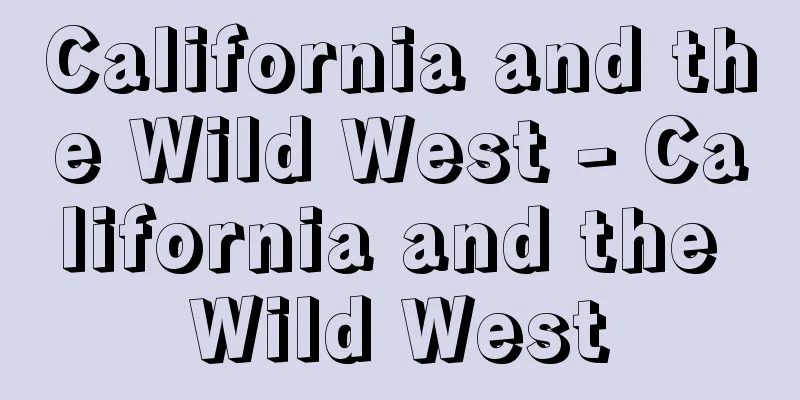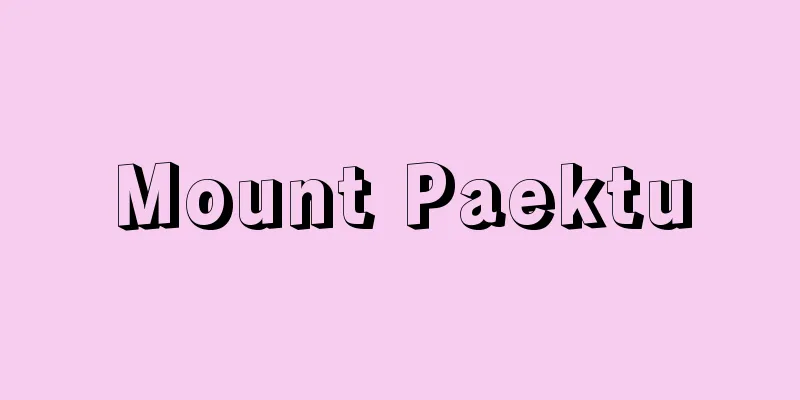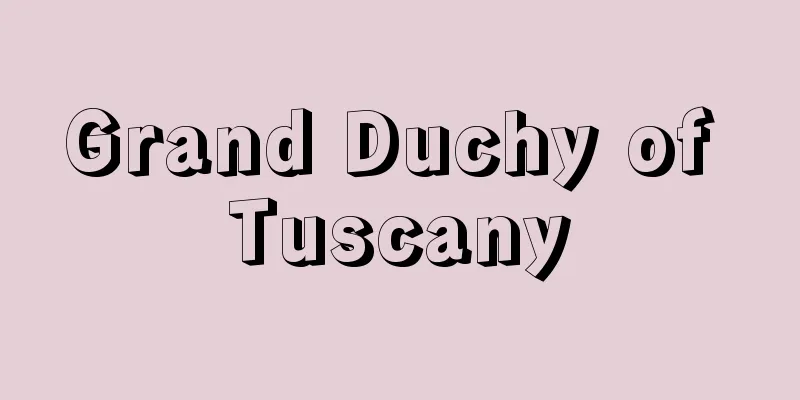Magic - Magic

|
It is a technique for performing miraculous acts with the help of supernatural beings or mystical powers. However, it should be noted that in Western terms, such as the English word "magic," which originates from the Greek word mageia, there is no distinction between "magic" and "sorcery." In other words, magic is the use of supernatural means to manipulate and change the phenomena of this world to one's will, whether for good or evil. Although magic and sorcery are characterized using adjectives based on their colors, such as white magic for good purposes and black magic for bad purposes, there is no distinction between magic and sorcery. So what is the difference between the two? In the East, the word "ma" comes from the Sanskrit word māra and refers to evil spirits that hinder people's good deeds and torment and disturb their minds. Therefore, magic includes the sorcery of monsters, ghosts, demons, and evil spirits. In other words, even if one is doing good deeds, the supernatural power that moves them is magical. On the other hand, in the West, magic is considered to be the borrowing of the supernatural power of the English word demon, which originates from the Greek word daimon, but the Greek word daimon means a supernatural being or spirit, and was a general word without distinction between good and evil spirits. In the medieval Catholic world, which rejected all spiritual beings other than Christianity, the spiritual beings of pagan and heretical religions were viewed as evil, and so the demons we know today were given their characteristics. Therefore, the distinction between sorcery and magic can be seen as magic being something that is supported by a society's religion, beliefs, or system, while magic is something that is heretical, anti-social, or anti-order and does not have such support. The most obvious example is witches. Witch hunts were prevalent in Europe from the Middle Ages through the 16th and 17th centuries. When disasters occurred, the Catholic establishment would hunt witches, blaming them as the work of witches (some of whom were men, but men were also called witches) who had sold themselves to the devil, and would carry out extensive inquisitions, torture innocent people, and burn them to death at the stake. In a sense, these women were sacrificed to maintain the feudal and religious systems. So, what was magic really like? In addition to prayers and rituals to activate supernatural powers, it utilized science that existed before the establishment of academics and science. It was the development of natural sciences, physics, chemistry, and pharmaceutical medicine, such as astrology, alchemy, and the creation of magical potions by compounding various elements taken from plants and animals. In terms of medicines, they created everything from medicines to aphrodisiacs and poisons. Therefore, magic flourished in ancient Babylonia, Egypt, Greece, Rome, India, and China, which had highly advanced cultures, and the Hebrews and Arabs showed special talents. However, the people who were the forerunners of scientists who were called magicians kept the methods, techniques, and discoveries they had developed with great effort secret so that they would not be stolen. Since magic was often seen as disrupting the authority and order of the establishment, magicians were isolated from society and viewed with suspicion by the masses, and they tended to form mystical secret societies, if they formed groups at all. The combination of magic and mystical secret societies can also be said to be a tradition that dates back to the influential Jewish esoteric religion of Kabbalah. The heyday of witchcraft in Europe was the 16th and 17th centuries, a time of great turmoil such as the Italian Wars, the Wars of Religion, and the Thirty Years' War, when heretical Eastern thought and learning that had been gradually entering Europe since the Crusades of the Middle Ages finally spread, when natural science and rationalism flourished, when old and new Christianity fought each other, and when medieval feudal society was transitioning to modern society. The witch hunts mentioned above were also carried out hysterically. However, in the 18th century, the century of reason, although there were certainly mystical magicians such as the Italian Caliostro and the French Saint-Germain, the academic and natural sciences that had been nurtured by magic up until that point became independent of magic and formed their own. In other words, the true nature of magic, which was a mysterious art performed using magical power, was largely due to the power of academic and scientific knowledge, but these became independent. At the same time, magic was no longer necessarily frightening. For example, the frightening things that humans developed later, such as dynamite, poison gas, and nuclear weapons, were no longer the work of magic, although they were the work of science. And after the 19th century, as can be seen from Grimm's fairy tales, so-called wizards became a presence on paper, on the screen, or in the cathode ray tube, frightening and entertaining children. As mentioned above, magic is backed by academic and scientific knowledge, while magic is the art of doing strange things. The exploits of wizards in fairy tales and other stories are probably due to the fact that mysterious things can only be freely unfolded in the world of fiction. In modern times, magic has barely survived in the occult, but it has become the subject of intellectual curiosity in spiritualism, demonology, black magic, witch legends, vampire legends, etc. Or it has become the name for grand magic tricks. [Mitsusada Fukasaku] "Magic" by M. Christopher, translated by Haruo Umeda (1978, Seidosha)" ▽ "From Magic to Science: The Establishment of Modern Thought and the Formation of Scientific Knowledge" by P. Rossi, translated by Tatsuro Maeda (1970, Simul Publishing)" ▽ "Magic: Theory and Practice" by A. Crowley, translated by Hiroyuki Shima, two volumes (1983, Kokusho Kankokai)" [Reference] |Source: Shogakukan Encyclopedia Nipponica About Encyclopedia Nipponica Information | Legend |
|
超自然的存在や神秘的力能の助けを借りて不思議なことを行う法のこと。ただし、留意しなければならないのは、ギリシア語mageiaを語源とし英語のマジックmagicに代表される西欧のことばでは「魔術」と「呪術(じゅじゅつ)」を区別していない。すなわち、超自然的手段を用いて、善悪いずれであれ自分が望むようにこの世の現象を操作し変えようとするものがマジックである。よい目的をもつものをホワイト・マジック(白い呪術)、悪い目的をもつものをブラック・マジック(黒い呪術)と色の形容詞を用いて性格づけすることはしても、魔術と呪術を区別していないのである。では両者の差異は何か。 東洋では、「魔」とは梵(ぼん)語māraを語源として、人の善事を妨げ人の心を悩まし乱す悪霊をさす。したがって、妖怪(ようかい)、幽霊、馮(つ)き物、悪霊を動かす妖術的なものが魔術にあたる。いいかえれば、たとえ善事をなすにせよ、動かす超自然力が魔的であるわけである。 一方、西洋では、ギリシア語ダイモンdaimonを語源とする英語のデモン(悪魔)の超自然的力を借りることを魔術とみなすが、ギリシア語のダイモンとは超自然的存在ないしは精霊を意味するもので、善霊・悪霊の区別のない一般的なものであった。これが、キリスト教以外の霊的存在をすべて排撃する中世カトリック世界において、異教異端の霊的存在をもっぱら邪悪視したことから、今日われわれの知るデモン(悪魔)の性格が与えられた。 したがって、呪術と魔術の区別は、その社会の宗教・信仰や体制に支持されたものが呪術、それらの支持がない異端的・反社会的・反秩序的なものを魔術、とみなしてよい。 そのもっとも顕著な例が魔女である。ヨーロッパで中世から16~17世紀にかけ盛んに魔女狩りが行われた。これは、災禍が起こると、カトリック体制はこれを悪魔に身を売った魔女(なかには男性もいたが男性も魔女とよばれた)のしわざとして魔女狩りを行い、大掛りな異端審問を行い、拷問のすえに、無実な者にも魔女であるといわせて、火刑台で死刑にしたもの。いわば彼女たちは、封建体制、宗教体制保持のための犠牲であった。 さて、魔術とは実際にどんなものであったのか。超自然力を動かす祈りと儀式のほか、学問や科学成立以前の科学が利用された。星占術、錬金術、動植物からとったいろいろな要素を調合する魔薬づくりなど、自然科学、物理、化学、薬医学の開発である。薬でいえば、病気治療薬から催淫(さいいん)薬、毒薬までもつくった。したがって、高度の文化をもった古代バビロニア、エジプト、ギリシア、ローマ、インド、中国などに魔術は栄え、ヘブライ人やアラビア人たちが特殊な才能を示した。ただし、魔術師とよばれる科学者の前身の人々は、苦心して開発した製法、技術、発見などを盗まれないように秘伝にした。しばしば魔術は体制側の権威や秩序を乱すものであったので、魔術師たちは社会から孤立し大衆からうさんくさくみられ、集団をつくるにせよ神秘主義的秘密結社をつくる傾向を強めた。また、魔術と神秘主義的秘密結社との結合は、ユダヤの有力な密教カバラ以来の伝統ともいえよう。 ヨーロッパにおける魔術の全盛期は、16~17世紀、つまり、イタリア戦争、宗教戦争、三十年戦争などの大乱が相次ぎ、中世の十字軍遠征以来じわじわとヨーロッパに入ってきていた東方の異端の思想や学問がようやく広まり、自然科学的学問や合理主義が栄え、新旧キリスト教が争い、中世封建社会から近代社会へと転換する時代である。前述の魔女狩りもヒステリックに行われた。 しかし、理性の世紀の18世紀になると、確かに一方でイタリアのカリョストロやフランスのサン・ジェルマンなどの神秘主義的魔術師がいたが、それまで魔術が育ててきた学問や自然科学が、魔術から独立して自己形成を遂げる。すなわち、魔力で行う不思議な術であった魔術の正体は、学問、科学の力による部分が大きかったが、それらが分離独立したわけである。それとともに、魔術はかならずしも恐ろしいものではなくなった。たとえば、その後の人類が開発したダイナマイトや毒ガスや核兵器などの恐ろしいものは、科学のしわざでこそあれ、もはや魔術のしわざではなくなったわけである。そして、19世紀以後になると、グリムの童話集をみてもわかるように、いわゆる魔法使いは、子供たちを怖がらせつつ楽しませる紙面上やスクリーン上あるいはブラウン管のなかの存在となる。前述のように魔術が学問、科学に裏打ちされたのに対し、魔法とは不思議なことを行う術のことである。童話などでの魔法使いの活躍は、不思議なことはフィクションの世界でこそ自由に展開できるものだからであろう。 現代では、魔術はオカルトなどにからくも生き残っているが、むしろ霊学、悪魔学、黒魔術、魔女伝説、吸血鬼伝説などの知的興味の対象となっている。あるいは大仕掛けな手品の呼び名になってしまっている。 [深作光貞] 『M・クリストファー著、梅田晴夫訳『魔術』(1978・青土社)』▽『P・ロッシ著、前田達郎訳『魔術から科学へ――近代思想の成立と科学的認識の形成』(1970・サイマル出版会)』▽『A・クロウリー著、島弘之訳『魔術――理論と実践』二冊(1983・国書刊行会)』 [参照項目] |出典 小学館 日本大百科全書(ニッポニカ)日本大百科全書(ニッポニカ)について 情報 | 凡例 |
<<: Mashhad - Mashhad (English spelling)
Recommend
Yan Ji-dao (English spelling)
[Born] Around Tensei 8 (1030) [Died] Around 1106, ...
Barbatula toni (English spelling)
…[Tokuji Chiba]. … *Some of the terminology that ...
Hardworking student - kugakusei
〘 noun 〙 A student who works hard to study. A stud...
Claisen, L.
...A general term for the condensation reaction o...
Red rhododendron - Red rhododendron
...Akebono azaleas have five leaves that grow in ...
Purana - Purāa (English spelling)
A general term for a group of sacred texts passed...
Breach of trust - breach of trust
If a person who manages the affairs of another pe...
Indian cuisine - Indo-ryori
The cuisine of the vast Indian subcontinent, whic...
Executive bonuses - yakuinshoyo
This refers to remuneration of a temporary nature ...
Hirotaka Kose
A representative court painter of the Kose school ...
Casinum - Casinum
…Population: 34,590 (1990). In Roman times it was...
Anotho, AAG - That's it
…He became a member of the National Assembly in 1...
Sintered aluminum powder (English name)
…Duralumin, an aluminum alloy, is also known to h...
Kurogo - Black Robe
A term used in Kabuki and Bunraku. It is the titl...
Austrian Art
...This article provides an overview of the chara...





![Higashihiroshima [city] - Higashihiroshima](/upload/images/67cc99b8990b7.webp)



